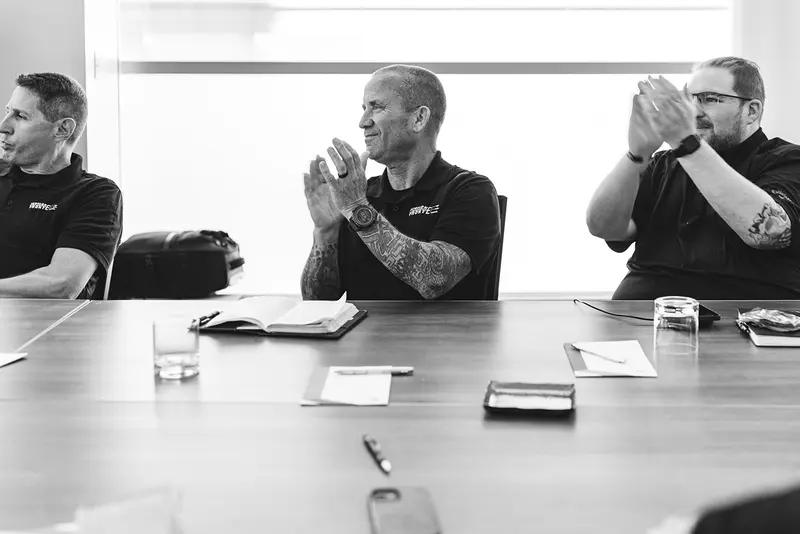Articles Written By Jason Gardner
We’ve all been there, caught up in a wave of strong emotions, only to send an email or text we wish we could take back. If we’re not careful, our emotions can steer us into trouble. So, how can we keep our emotions in check and respond thoughtfully rather than
Culture isn’t just a buzzword thrown around in boardrooms—it’s the backbone of any thriving organization. Over the long haul, a strong culture isn’t just desirable; it’s essential for attracting and retaining top talent, fostering a growth mindset, and driving innovation. A robust culture empowers every team member, making them feel
Micromanagement—just the term is enough to make anyone cringe. It’s like being stuck in traffic when you’re already late—a frustrating experience that can leave you feeling utterly powerless. But let’s not just brush off micromanagement as an annoying quirk of some bosses; there’s a lot more to it than meets
Have you ever wondered about the real difference between leadership and management? People often throw these terms around like they’re the same thing, but they’re not. Today, I would like to discuss with you the nuances between these two concepts. We’re not going to just scratch the surface; we’ll dig
Being an Echelon Front instructor, I get asked a lot of common questions. A department head at a U.S. government agency approached me once and asked: “Where do I start with decentralized command?” The fourth Law of Combat, Decentralized Command is a situation where everyone leads. A leader defines the
Putting the mission first is simple. Check your ego. You may find yourself in a situation where all of your efforts are in support of another department, team, or person. Since you are supporting them, that means they will get the bulk of the credit for any successes they experience. You may find yourself resentful in some respect—after all, were it not for your hard work, they would likely not have achieved the success for which they are now getting the credit.
Standard Operating Procedures (SOPs) have been developed in the military so that commonly performed tasks can be completed in the safest and most efficient manner possible. The military has also developed SOPs to deal with contingencies. When a contingency occurs, training takes over and team members are able to perform under high stress situations like a firefight.





